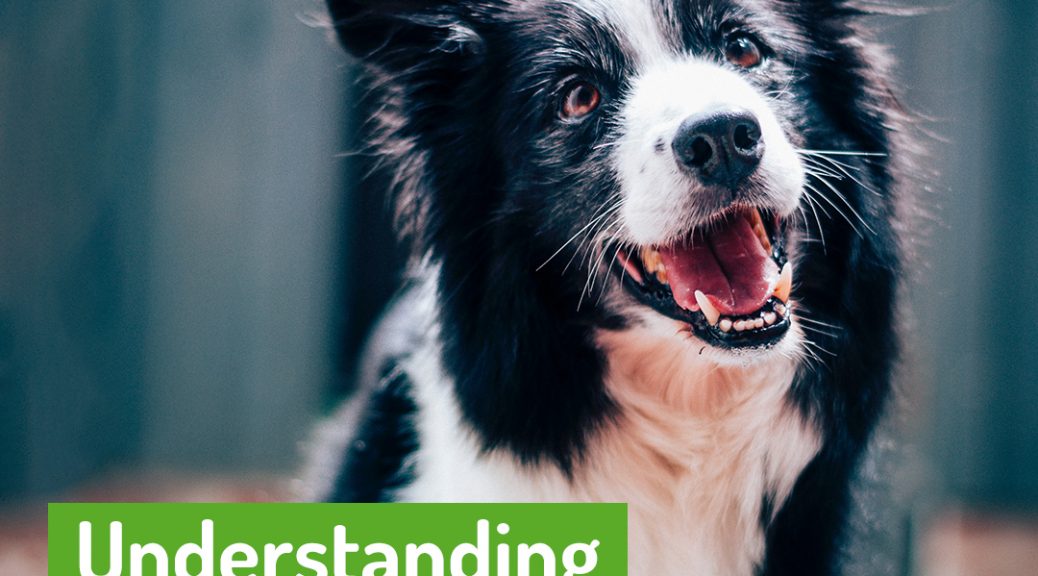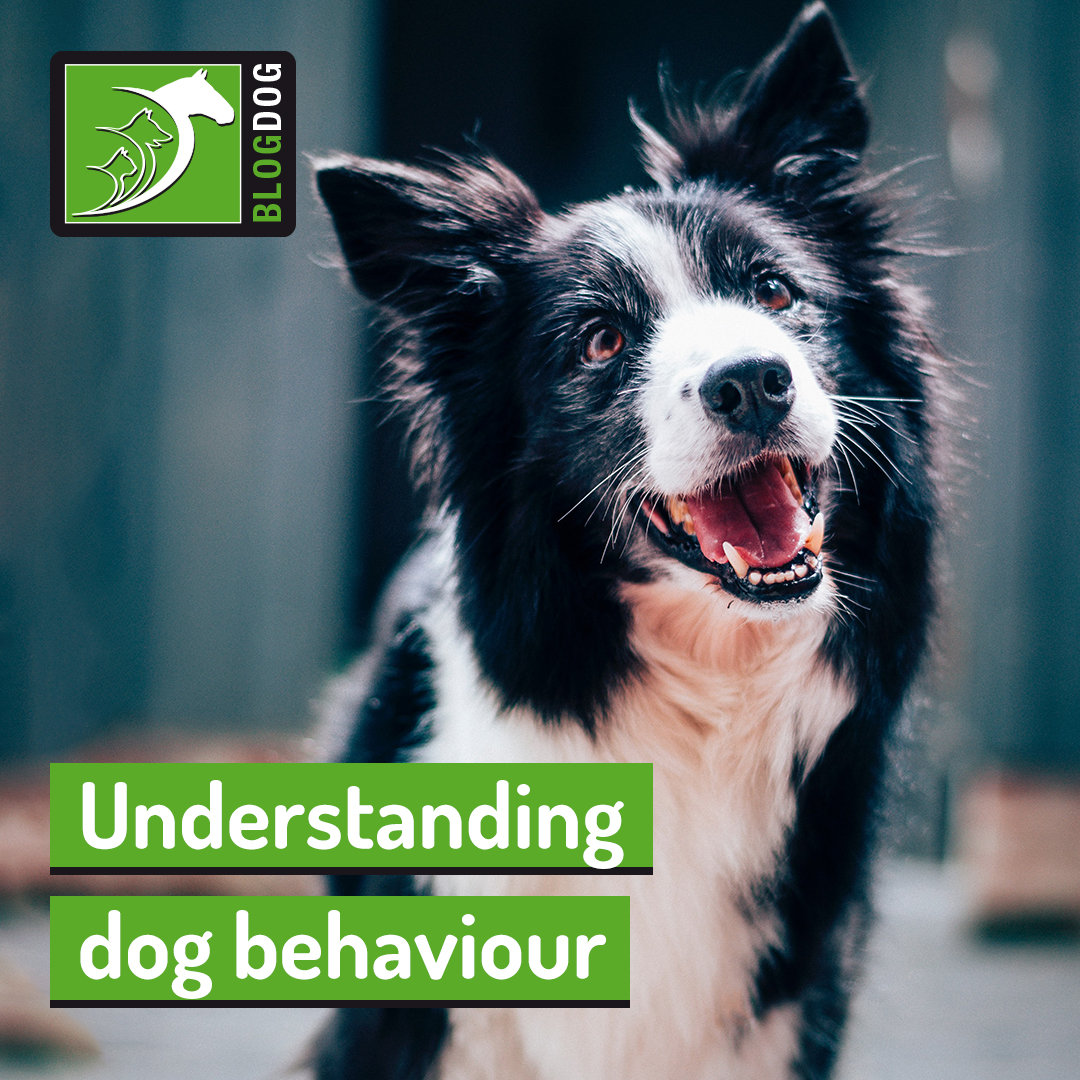Understanding our dog’s behaviour can be challenging at times.
While a wagging tail greeting us when we get home is usually easy to interpret, there are subtle signs in canine communication that we may have difficulty reading.
In this article, we will go over some interesting facts on dog behaviour that can help you understand your dog a little bit better.
Understanding dog behaviour: why is it important?
For a while now, dogs have been titled as man’s best friend, and there’s no denying the strength of the canine-human bond.
And even though dogs can’t talk, they still find a way to communicate with us through their body language and actions. This is why we need to know what these mean to understand what they’re trying to get across.
But how can we do that?
Body language: a powerful indicator of how your dog is feeling
A wagging tail and relaxed face mean that your dog is happy.
If they turn their backs towards you, it means that they trust you.
If they’re running around, suddenly pause, lower their elbows to the ground and arch their backs, they are inviting you to play.
These are all obvious manifestations of their intentions that, as dog owners, we have no difficulty in recognising.
But do you know what it means when your dog is still but tense, looking away, with their ears flattened and licking their lips? To an inattentive eye, these signs can easily be missed, but these mean that something is making your dog feel uncomfortable.
It’s very important to notice these subtle signs, as they can lead to growling or even biting if the situation is not changed.
Normal canine behaviour: what to expect?
What about the way they behave? How can that help us understand what they need?
Dogs are creatures of habit and tend to enjoy having a set routine. This means that they are likely to do the same things at the same time every day.
For instance, if they usually eat first thing in the morning at 6 am, you can expect them always to want to eat at 6 am, even on the weekend. If, however, you want to sleep in, your dog will make sure to let you know it’s time to eat at 6 am regardless.
Dogs are also very sociable animals that enjoy playing and running. This means that providing them with engaging, interactive activities with people and other animals and allowing them the opportunity to exercise are essential in their daily routine.
Exercise and rest needs vary individually, and there may be some trial and error before you figure out your dog’s natural rhythm, but it will be worth it.
Unwanted dog behaviours and how to avoid them
Being a dog owner means making sure that your dog has the opportunity to express normal canine behaviour. When this doesn’t happen, your dog may start showing unwanted behaviours.
Dogs who are not adequately exercised, for example, often develop destructive behaviours, such as chewing on furniture whilst you are away.
Other common dog behaviour problems include:
- Separation anxiety,
- Aggressiveness,
- House-soiling,
- Jumping up to greet you,
- Excessive barking,
- Resource guarding.
To avoid the development of behavioural problems, make sure your dogs have all their needs met and keep them well trained.
Also, it’s important that you’re aware that some unwanted behaviours may stem from an undiagnosed health condition. If you recognise any changes in your dog’s usual behaviour, don’t hesitate to contact your vet for advice.
Conditioning your dog’s behaviour through training
Training your dog is another important step to ensure they don’t develop any unwanted behaviours.
Some behaviours, such as digging, urine marking, barking at or chasing moving things, to name a few, are normal in the canine world, even though they might be undesirable to us.
Training comes in handy in these situations, as it can redirect your dog’s behaviour to something else – something that is more acceptable to us humans.
Obedience training has other benefits as well, as it can be life-saving at times, especially ‘drop it’ and recall commands.
If you want to train your dog, but don’t know where to start, here are three tips that might help:
Use positive reinforcement
Rewarding your dog when he does something that you want will be highly appreciated and will make it more likely that he repeats that behaviour in the future. This is also known as positive reinforcement and works really well if you want your dog to learn something.
Be patient and calm
Training your dog can be challenging, especially at the beginning. Every dog’s learning rhythm is different, and it may take some time for them to learn. To make it easier on your dog, make sure you break down the command into simple steps, and if you feel that you’re losing your patience, take a break or resume on a different day.
Ask for professional help
If you’ve been trying to teach your dog something but don’t seem to be getting anywhere, maybe it’s time to ask for professional help. Make sure you look for a certified professional and always ask your vet for advice in case of odd or aggressive behaviours.
How would you describe your relationship with your dog? Would you say that you know them quite well? If you’re reading this, we have a feeling that you would, but there’s always room for improvement. We offer a number of courses on dog behaviour that can help you with this, click on the link below and have a look!
Would you like to know more about dogs? Check our Canine Courses:
![]()
Canine courses

